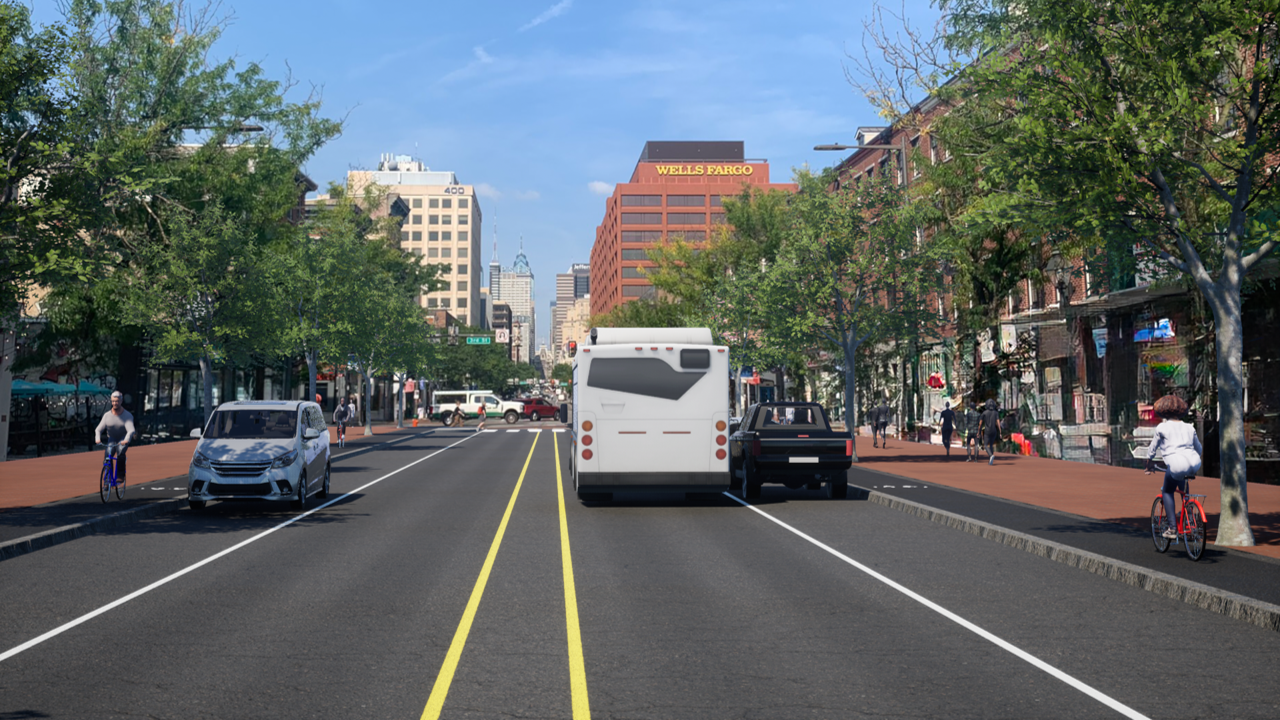The Reclaiming Vacant Properties Conference wrapped up in Cleveland on Friday. It brought hundreds of people together to strategize a way out of the state of abandonment so many urban areas are in.
Vacant properties are a symptom of greater social ills: abandonment of cities, poverty, and sprawl. In many places, the foreclosure crisis has poured fuel on the fire, exacerbating the twin problems of homelessness and vacancy. As these homes stand empty, the grass grows unattended, trash accumulates, rodents appear, looters take advantage and squatters roost.
"I remember from psychology classes in college the story of the broken window syndrome," said Cynthia Owen Jarrold of the Transportation Equity Network. "It's this idea that if you see this broken window in a home, and if it's not repaired, then so goes the rest of the neighborhood. And those who watch that not being repaired, they tend to not repair their own properties."
Jarrold attended the conference because, she said, "transportation equity is about access." And it means not only that you can get from place to place, but that the place you're coming from is habitable. "In a lot of cases," she said, "the people we are most concerned about – low income people, people of color, women – are the same people that are typically impacted by the foreclosure markets, are those that are left in urban areas and forced to live with the results of the blight that occurs in their communities."
In a vicious cycle, vacant properties create more vacancies, as those who are able to move out, move out. "Vacant properties represent disinvestment," she said, and vacancy eats away at a person's "sense of place" in his or her own community.
The conference celebrated the establishment of the Center for Community Progress, a new nonprofit committed to "turning vacant spaces into vibrant places." The Center served as organizer for this year's conference. It has offices in Washington, DC and Flint, Michigan.
The conference host city, Cleveland, is an epicenter of the crisis of vacancy. By the time the wave of foreclosures hit, sprawl and flight to the suburbs had already taken a toll on much of Cleveland's urban core. As Angie Schmitt reported on Streetsblog a few weeks ago, part of the solution to reclaiming vacant properties here could lie with the $4.25 million grant HUD announced last week to help the Cleveland area shape growth and investment through real regional planning.






